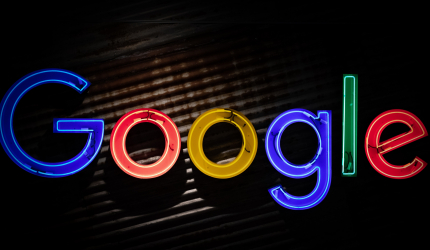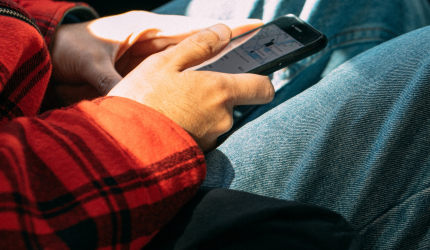At the time of “mobile-first”, developing a mobile app has become an obligation for many companies. However, you should not take the plunge blindly. The reflection stage should not be taken loosely. Here are some questions you should be able to answer before you get started.
1. Is there a real market?
Will your app be exposed to competition? If your answer is yes, it is quite a good sign. In fact, the absence of competition means the absence of demand as well. If you are aiming for a niche market, you still have to make sure that the need is real before you spend tens of thousands of dollars on an app that nobody needs.
2. Who is your target?
Does your app target professionals, a company’s employees or individuals? To define user profiles, the best method remains that of “buyer personas”.
What does « buyer personas » mean?
These are notional representations of your ideal customer. This helps to define their needs and motivations, and thus to better define your digital marketing strategy.
Why do you need to define buyer personas?
This provides you with a working base to define the app functionalities, the operating system you need to focus on and the design. This places the user at the center of your thinking and helps you offer the best customer experience.
You may also like to read: How we use machine learning and big data to improve the mobile user experience.
How to do that?
Try to concentrate on 3 to 4 profiles maximum to avoid scattering. Indeed, if you want to reach everyone from 0 to 77 years old, you will end up reaching nobody. Our ways of consuming, interests and needs are distinct. Try to combine “basic” segmentation criteria such as age, education level, socio-professional category, gender and family situation with more atypical criteria such as hobbies. You can even go further by choosing a photo and attributing a name to each profile.
Can you give one example?
You want to launch an app on fashion clothing exchange between individuals. One of your buyer persona could be: “Claire, 26 years old, a buyer in the mass retail sector. She is single without children and she lives in Paris. She loves fashion, cinema and sports. She has been running for 5 years. She does not have any time for herself and likes to change her wardrobe regularly. She is interested in finding luxurious clothes at half price. She owns an iPhone 5S and benefits from the time spent in the means of transport to shop”.
On this basis, one could argue that it would be interesting to create a “luxury brand” category or to offer her the possibility to display only her products every time she logs in to her account.
3. How will my app be used? What is my objective?
What does your mobile app seek to do? Does it aim at retaining your customers? Does it seek to offer them a complementary in-store experience or offer them products for sale? Is it a game?
Depending on your objective, do you need to offer geolocation or other technologies such as NFC, a QR code or beacons? Besides, what makes your app different from other apps present in your market? On this basis, you can imagine all the functionalities of your mobile app.
4. Which device and which system?
Thanks to the buyer persona, you should be able to define the operating system that you need to follow to develop your app in the first place. Are your future users used to browsing on a tablet or a smartphone?
5. How am I going to monetize my mobile app?
A limited number of apps is likely to pay off on the App Store or the Google Play Store. If your objective is confined to bringing a complementary experience to your customers, profitability may not be your priority and the number of downloads is the only indicator that interests you. As for all the others, you must start by designing a sufficiently qualitative app to make users want to pay for this service. Even if you are not intending to monetize your app immediately, consider that since the design stage. If your app can be downloaded for free, you can offer in-app purchases or a “freemium” subscription. This last method can help you reach a lot of people, and those who wish to access all services have to pay. It is sort of a free version.
6. What design and what experience am I going to offer?
Decisions concerning design are not to be taken superficially. Indeed, this represents the key to your app success or failure. If it does not create good impressions, nobody will be interested in downloading it, same if the browsing is difficult. The UX makes your app functional and easy to use. Making a beautiful design is not enough. You need to put the user at the center of your reflection.
On the same subject: Your success depends on your Mobile App UX.
Your success depends on your Mobile App UX
7. Should I outsource?
If you decide to develop your mobile app internally, make sure to keep control of the project at all its stages. Nevertheless, an outside looking is often useful. We tend to overthink by putting ourselves in the customer’s shoes. As we already mentioned, we do not all have the same needs. So, the risk is that your app might not be adapted to your target (but to you)!
Outsourcing enables you to entrust your project to a team of professionals. They are used to dealing with any problems that may arise during the development stage.
If you are running out of time, resources and skills or if you need assistance in your project, do not hesitate to tell us about your project via our form.




